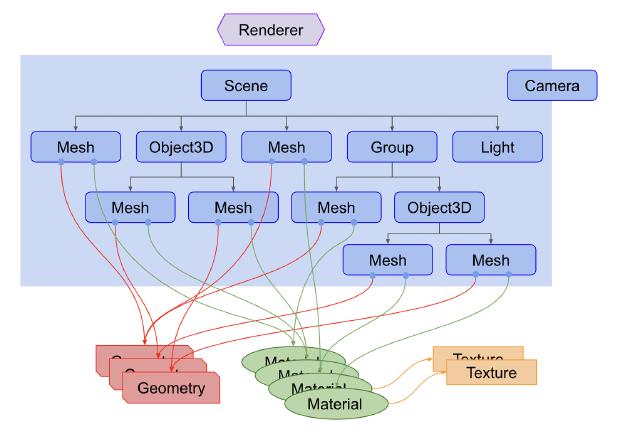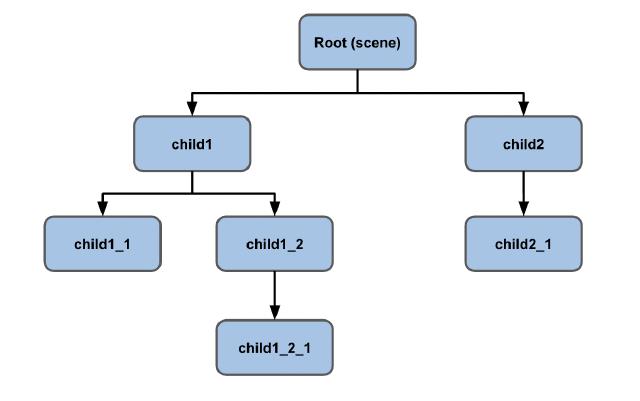Summary of React Version 19
Major New Features
- Actions
- Enhanced support for asynchronous functions: By using
useTransition, you can automatically manage pending states, error handling, and optimistic updates in asynchronous functions.
const [isPending, startTransition] = useTransition()
const handleSubmit = () => {
startTransition(async () => {
const error = await updateName(name)
if (error) {
setError(error)
return
}
redirect('/path')
})
}
- New Hook:
useActionState
- Easily handle common cases of Actions: Manage the results of asynchronous actions, pending states, errors, and more.
const [error, submitAction, isPending] = useActionState(
async (prevState, formData) => {
const error = await updateName(formData.get('name'))
if (error) return error
redirect('/path')
return null
},
null
)
- React DOM:
Pass functions as
actionandformActionprops: Automatically manage form submissions and reset the form after submission.
3 minutes to read
Closures in React
Closures are a fundamental concept in JavaScript.
It’s a concept that is often asked about in technical interviews, and I remember memorizing it while preparing for my own technical interviews.
However, I didn’t quite understand how closures are used in practice, and I often pondered how to apply them effectively. This time, I want to study the concept of closures in more depth.
Problem
When passing a function as a parameter to customHook, let’s observe how the state value inside the function is output when the useCustom component is unmounted.
2 minutes to read


